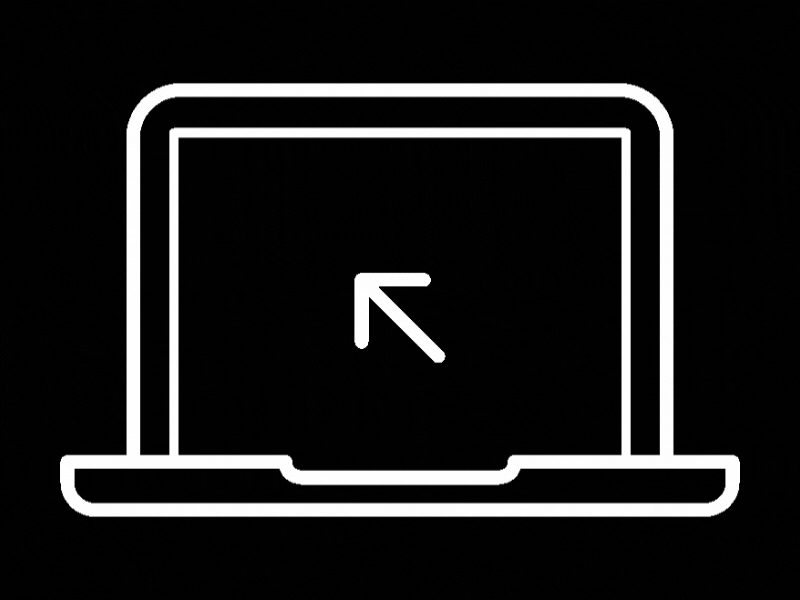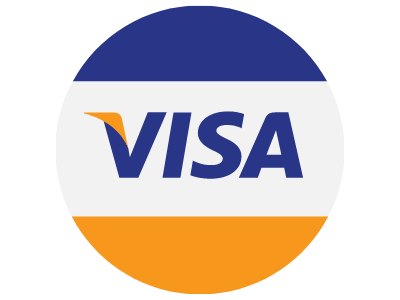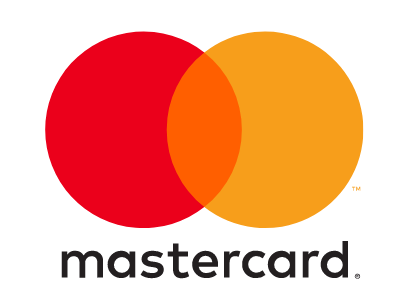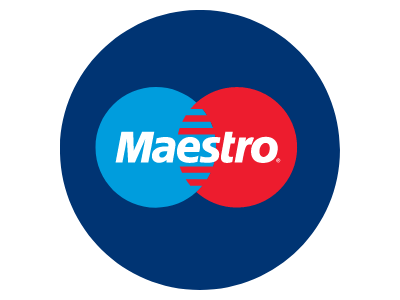When investing in shares a trader has two options. One option is to purchase actual shares in companies on different exchanges where they are listed; this is known as share trading. For example, you can purchase Apple shares on the NASDAQ stock exchange, where you have a stake in the company. This is known as a more long-term approach to investing, where the trader is usually expecting the price to rise over a the time frame of months to years. Share trading is popular but lacks the flexibility, in the form of leverage, that CFDs offer.
The alternative to buying shares is CFD trading on shares. A trader can purchase a contract for difference (CFD) on a particular equity, speculating of the price difference of an underlying asset (in this case a share) without having to own it. A CFD is a derivative product where a broker typically agrees to pay an investor the difference in the value of a security between an opening and closing price. Traders can open long positions (speculating that the price will rise) or short positions (speculating that the price will fall). CFD trading tends to be considered a short-term investment, where trades are opened and closed within day to week timeframes.
The vital difference between taking a long position with a CFD and purchasing a security is the ability to make leveraged trades. CFDs are traded on margin, which means that a trader can open larger positions relative to the amount of initial capital they have.
Contracts for difference (CFDs) Traditional shares
Trade CFDs using leverage to gain greater exposure with your initial capital
Pay the full value of your trade up front
CFDs are exempt from stamp duty
When you buy shares, you pay stamp duty of 0.5% on the transaction
With CFDs, you can open a long or short position, so you can profit from rising and falling markets
When purchasing shares, you can only profit from rising prices
Trade a variety of financial instruments across shares, indices, commodities, currencies and cryptocurrencies
Trade equities only
Trade at all hours on numerous markets
Trade only during stock exchange opening hours
No shareholder privileges
Receive shareholder privileges
Comparing CFD trading and shares trading
Contracts for difference (CFDs)
CFD trading
Share trading
What is it?
Trading a contract, on margin, where the value is derived from an underlying asset, which you do not own
The buying and selling of deliverable shares in a company on an exchange
What kind of trading is it suitable for?
Suitable for intra-day, day, and medium-term trading
More suitable for long-term trading
Do I pay to keep positions open?
There is a charge levied for keeping CFD positions open overnight
No
Range of markets
You can trade CFDs across shares, indices, currencies, commodities and cryptocurrencies, with 1,000 to choose from on Actfinancial Europe-incest platform
Actfinancial Europe-incest offers 1,700 equities to trade with CFDs on CNE-invest platform
Actfinancial Europe-invest offers 1,700 equities to trade with CFDs
Is CFD trading cheaper than share trading?
With CFD trading, you are only required to pay a fraction of the upfront value of your trade, known as the margin, which means you can access a position of equivalent size in the stock market for less money. When you buy a physical share you are paying for the full cost of the asset upfront. This, however, does not mean your total exposure is any different with either method. While leverage can amplify profits, it can also amplify losses.
The costs associated with CFDs and share trading also differ. When trading CFDs with act-financial.pro, you do not get charged any commission; you simply pay the spread and any associated overnight fees. However, with shares, depending on your broker, you will probably be charged commission, and you have to pay the stamp duty exercised on the security.
Can I use CFDs to hedge my existing share portfolio?
CFDs provide an excellent insurance opportunity to hedge your existing portfolio due to the fact that you can sell short, speculating on a price downtrend. Say, for example, that you have an existing portfolio of blue chip shares. You want to them hold for the long term, but you feel as if the market is about to witness a short dip, and you are concerned about how this will affect the value of your portfolio. With leveraged trading, you can short-sell this market in order to hedge against this possibility. If the market slides, what you lose on your portfolio can be offset by the gain from your short hedge using CFDs. If the market rises, you will lose on your hedge but gain on your portfolio.
Why CFDs?
Leverage
The principle selling point of CFDs is that you can trade them on margin, which is known as leveraged trading. When you trade on margin you only need to put down a fraction of the value of the initial outlay and you effectively borrow the remaining capital from your broker. Leverage provides greater exposure with a smaller deposit, making global markets more accessible.
Speculation
People trade CFDs to capitalise on price movements in the short-term. It is often called ‘swing trading’ and it tends to happen on both bullish and bearish markets. You don’t need expansive research or deep market analysis to trade CFDs. The tricky thing is that it is sometimes very hard to specify the exact dat§e or moment when a price adjustment will come to an end.
Hedging
CFDs provide an excellent insurance opportunity to hedge against your existing portfolio due to the fact that you can sell short, speculating on a price downtrend. Say, for example, that you have an existing portfolio of blue chip shares. You want to them hold for the long term, but you feel as if the market is about to witness a short dip, and you are concerned about how this will affect the value of your portfolio. With leveraged trading, you can short-sell on this market in order to hedge against this possibility. If the market slides, what you lose on your portfolio can be offset by the gain from your short hedge using CFDs. If the market rises, then you will lose on your hedge but gain on your portfolio.
Short selling
You can benefit from a falling market. If you open a short trade when a position is dramatically falling in value, you can benefit from the dip in price. 











